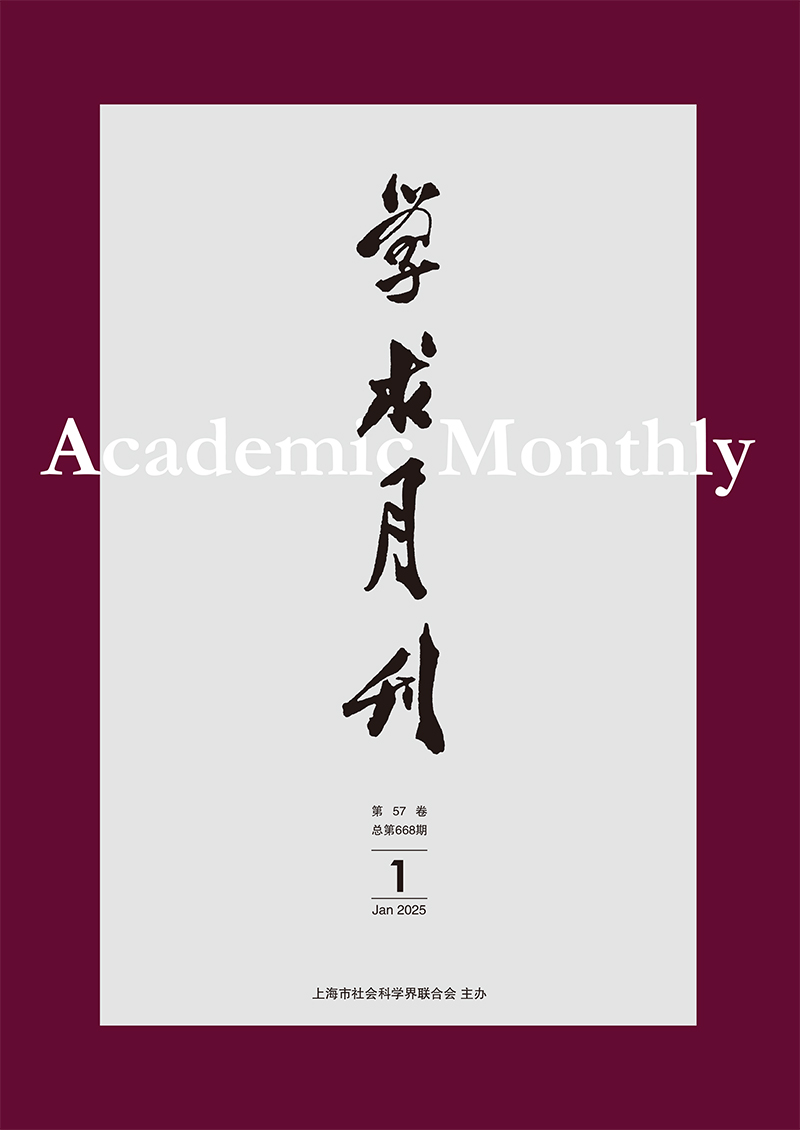Transcend East-West Dichotomy: Spatial Evolution and Typology of Judicial Demand in China
Abstract: In the pursuit of spatial justice, the traditional, overly simplistic East-West dichotomy fails to adequately reflect the regional variations in judicial demand, hindering the rational allocation of judicial resources. Against this backdrop, it is necessary for the spatial classification of judicial demand to progress from merely describing scenarios to explaining causes. Empirical research from a geographical spatial perspective indicates that the East-West dichotomy of China's judicial demand is showing a potential trend towards weakening in its spatial evolution. Judicial demand is not only spatially dependent but also exhibits spatial heterogeneity in its causes. It is influenced by multiple factors including population density, urbanization, economic development, education levels, government capability, and legal accessibility, yet their impact is not consistent across different regional dimensions. Based on this, by employing objective classification and intra- and inter-group comparisons to identify dominant factors, this approach categorizes China's judicial demand into four novel spatial types:society-economy-education dominated, law-society dominated, government-education dominated, and a diversified weak dominated. This typological effort can provide policy references for precisely and dynamically improving the balance of judicial supply and demand at the regional level.



 沪公网安备 31010102003103号
沪公网安备 31010102003103号 DownLoad:
DownLoad: